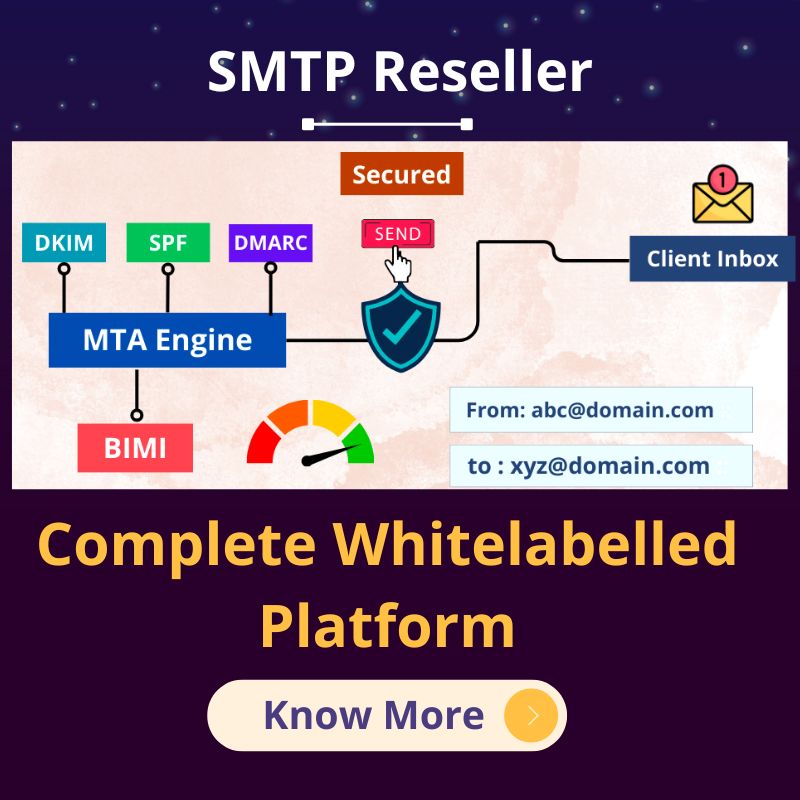Have you ever painstakingly composed an important Good email content only to have it answered very late, or worse, not at all? If you have, here are some tips which are sure help to increase your email’s chances of being read and responded to. Email marketing is undeniably the most popular marketing tool among various companies. Valued at USD 1.5 billion in 2010, its market size growing at a healthy rate of 20 percent and expected to reach a value of USD 6.5 billion by 2018. Make sure you make the most of your email marketing campaigning by incorporating the following ideas.
Some Tips Here To Write A Good Email Content Which Doesn’t Get Redirected To Spam
 1). Be Creative And Think Positive
1). Be Creative And Think Positive
A professional mail must not necessarily be an uninteresting one. Make your email content engaging and pepper it with anecdotes and trivia which can catch and hold the reader’s attention. Good email Content is a way to establish and build a relationship with your correspondents, and communicating in a manner which encourages trust is the first step towards achieving this goal.
2). Add Human Element
Good email content which reaches out to the reader and which one can relate to makes for an interesting read. Including real-life situations and examples and speaking as if you are interacting with a friend will introduce a personal element in your email. In an inbox cluttered with ordinary emails and messages, one which communicates with the reader instead of speaking at them is sure to stand out.
 3). Answer All Queries
3). Answer All Queries
Whether you are selling a product or a service, customers are sure to have a few questions that need to be answered. Identify the most pertinent questions about the product or service you are offering. And design your campaign around providing tangible answers to them. Good email content which is informative and helps solve a problem or clarify a doubt is sure to encourage people to read and respond.
4) The Means To An End
Every mail account flooded with emails all day and users tend to delete those which seem irrelevant without even opening them. So that make sure your emails campaign leads to the achievement of a target. Both for you as well as for your customer. Also answering the WIIFM (what’s in it for me), which your reader is sure to consider. It is going to ensure your emails are engaging and leave a positive influence.
 5). Add Lucrative Offer In Email Content
5). Add Lucrative Offer In Email Content
Few things catch the customer’s attention as quickly as a reward. Whether it is a discount coupon, an interesting tip, useful information or a free gift. So that offering a reward for reading a sure-fire way of ensuring that your good email content read.
As a person driving an email marketing campaign, the one thing you must learn to respect is your customer’s time. To stay relevant and retain your readers’ interest and esteem. Make sure you do not inundate their mailboxes and send out a mail only when you have something to say. So that keeping your message interactive and making sure your reader gains from. It will help you connect with your clientele and further your personal and professional goals.







 “With our
“With our  “We want to get people to our website, deliver a
“We want to get people to our website, deliver a  “After I sent our
“After I sent our 









